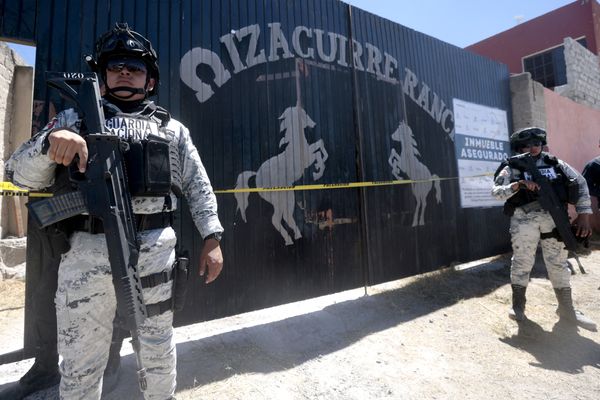A few sarakontrai trees ( Cassia fistula) in full bloom and a variety of trees, particularly giant tamarinds, on the campus of the Holy Trinity Church in Idayankudi in Tirunelveli present a contrasting look to the period when Robert Caldwell arrived here in 1841. As the scholar-missionary had reminisced later, there was hardly anything but sand and palmyras, and he even had plans of relocating himself away from the neighbourhood.
Today, the transformation and the lasting legacy of Caldwell, who authored the Comparative Grammar on the Dravidian or South-Indian family of Languages, are ubiquitous in Idayankudi. One should climb the bell tower of the church that was constructed under his supervision in order get a bird’s eye view of the development. Even after a century, the church retains its pristine condition. A few boys tried to strike up a tune by tapping the bells and music filled the air.
In less than a century, the educational efforts of Caldwell turned around the life of the Nadars, whom he referred to as Shanar. As Y. Vincent Kumaradoss, the biographer of Caldwell, points out that research carried out in 1938 on the social and economic conditions of Christians in Madurai, Ramnad (Ramanthapuram) and Tirunelveli found that “there is not a single avenue of service, private or public, in which Nadars are not found, not only in these districts and other parts of India but in most parts of the globe where Tamil Christians are found.”
The vernacular approach
When he arrived in Madras on January 8, 1838, Caldwell was 24 and worked there for three years. Though English education proved effective for missionary work, Caldwell was convinced that “masses can only be reached through the vernacular.”
Of course, missionaries were already working among the Nadars and Caldwell, during his journey on foot from Udhagamandalam to Idayankudi through Tirunelveli, had seen newly-created exclusively Christian villages, such as Mudalur and Nazareth. “He finally reached Idayankudi by the end of 1841, having covered some 1,300 km on foot since leaving Madras in July,” said Mr. Kumaradoss.
The magnitude of his achievements could be understood only when one takes into account the realities of the time at Idayankudi.
“At the time I speak of, it was not customary for either men or women to dress better on Sundays....the filthiest of the clothing of the people could only be equalled by the oppressive odours that arose when they assembled at Church,” Caldwell had remarked in his reminiscences.
Later, Hugald Grafe in The History of Christianity in India, recorded, “Once the subject of Caldwell’s negative depiction, Nadars had ironically emerged as one of the earliest groups who rose from social lowliness to occupy places formerly reserved for Brahmins.”
It was not as if Caldwell worked only among the Nadars and converted them. His letters and other writings, edited by Mr. Kumaradoss, a former professor of History of the Madras Christian College, which hold a mirror to the society of that period in Tirunelveli district, speak about the conversion of upper castes, including Brahmins.
He had vividly described the reception accorded to him at Alwarthirunagari, the birth place of the vaishnavite saint Nammalwar, and the five days of lectures given by him at the temple mandapam and the subsequent conversion of 21 upper caste Hindus.
But it was Caldwell, the Tamil scholar, with his ground-breaking work Comparative Grammar on the Dravidian or South-Indian Family of Languages, who instilled a pride in Tamils about their language and laid the foundation for the non-Brahmin movement.
He had a range of interests and studied the culture of the locals and, in the process, had left a huge body of writing on a wide variety of subjects. His observations on the kudumi (tuft) sported by various communities makes for an interesting read.
“The dedication of missionaries, such as G.U. Pope and Caldwell, is unparalleled. We cannot view them as those who sought to exploit the people and disturbed the local culture. I think they had a strong faith in the Christian values and ideals that laid stress on providing education and uplifting the people,” contended V. Arasu, former head of the Department of Tamil, University of Madras.
Mr. Arasu, who recently visited Idayankudi, said there was a strong conflict between Tamil and Sanskrit in the 19 th century and missionaries like Caldwell, trained in philology, studied the local language, explained to the world the greatness of Tamil and secured international recognition.
Final resting place
Caldwell loved Tirunelveli.
“For Tinnevelly, I have lived, and for Tinnevelly, I am prepared to die,” he had once said. He was buried at the Idayankudi church.







